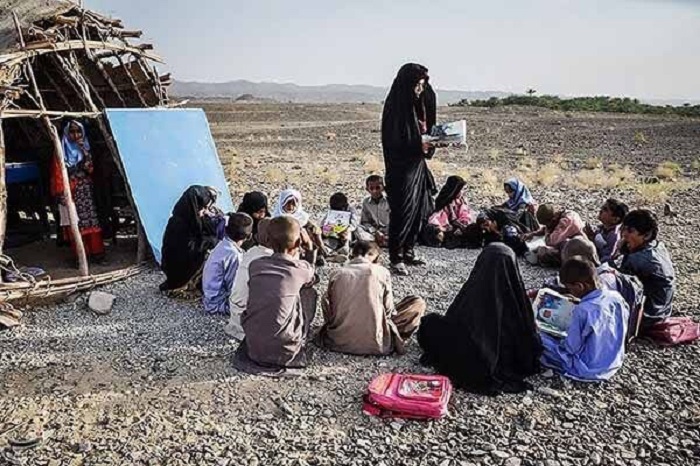
(PMOI / MEK Iran) and (NCRI): The poor condition of the education system and schools in Iran under the mullah’s regime.
The lack of free education is one of the most serious issues confronting Iranian society today. With 80% of the population living in poverty, children’s education and literacy, particularly for females, are not a priority for their families. As a result, girl children are denied access to education and subsequently forced into early marriages. Child marriage has become a social disaster.
60 percent of illiterates are women
According to the state-run Tasnim news agency, 60 percent of illiterates are women as of April 25, 2018. This figure should not have improved in the last three years, given the regime’s failing economy and continuing gender inequality.

(PMOI / MEK Iran) and (NCRI): Literacy in Iran – women, and girls make up two-thirds of illiterates.
The Coronavirus pandemic
In Iran, approximately 3 to 3.5 million students dropped out of school as a result of the Coronavirus pandemic. Following the outbreak, the regime used a show-off approach, introducing the “Shad” online educational network without supplying the essential equipment for Iranian students.
According to the Iranian opposition group The National Council of Resistance of Iran (NCRI), and the People’s Mujahedin of Iran (PMOI / MEK Iran), 418,000 people had died in Iran as a result of the Covid-19 outbreak as of September 11.
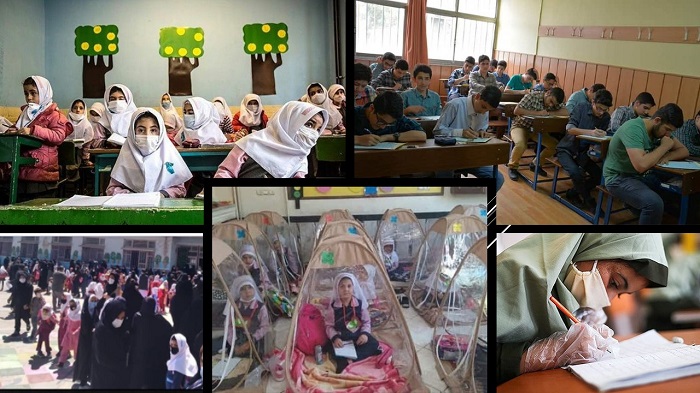
(PMOI / MEK Iran) and (NCRI): Iran Coronavirus health crisis: Reopening of schools has resulted in further spread of the virus.
The failure of the “Shad” network plan
The failure of the “Shad” network plan is attributed to improper distribution of educational infrastructures, a lack of funds in deprived areas to purchase tablets, smartphones, and other electronic devices. In addition, frequent power outages, and a lack of Internet in provinces such as Sistan and Baluchestan and Bushehr, have further compromised the plan.
According to Javad Hosseini, chairman of the Exceptional Education Organization, 30% of students, or around 5 million, do not have intelligent teaching tools.
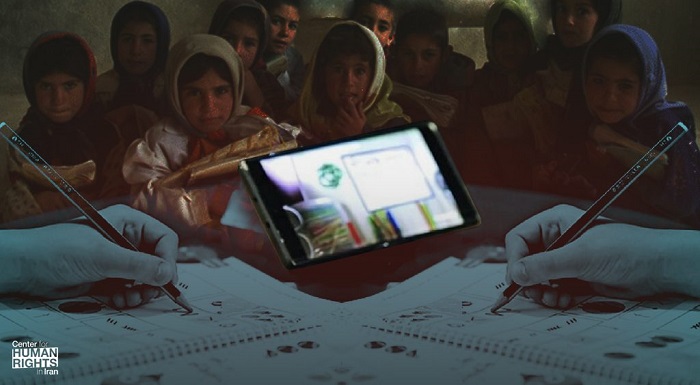
(NCRI) and (PMOI / MEK Iran): The topic of “educational justice” is connected with the question of online education.
The dropout rate has nearly doubled since the outbreak
In a report released on December 22, 2020, the National Statistics Center (NSC) verified that the dropout rate has nearly doubled since the outbreak.
According to Hossein Kermanpour, managing director of Sina Hospital’s Emergency Clinic in Tehran, 30,000 students under 18 years have contracted the Covid-19, with 300 deaths.
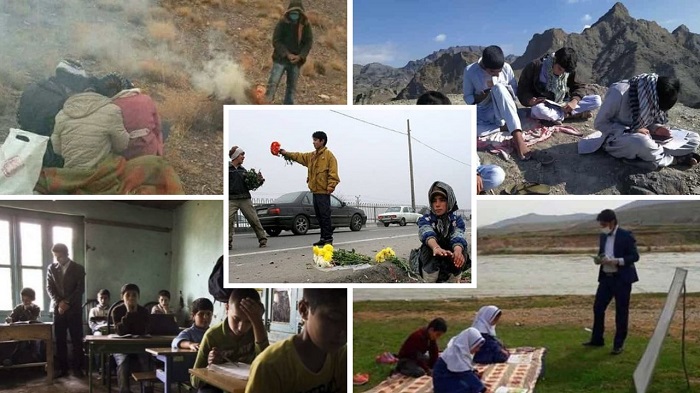
(NCRI) and (PMOI / MEK Iran): According to surveys and government claims, 3 to 3.5 million Iranian students have dropped out of school since the coronavirus pandemic began
The fourth peak of the pandemic in Iran
Yet, the education minister declared that the schools would reopen in February and in-person classes would begin on January 11, 2021, according to the official IRNA news agency.
The statement coincided with the fourth peak of the pandemic in Iran and the supreme leader of the mullahs’ decision to prohibit the purchase and import of foreign vaccines.

(NCRI) and (PMOI / MEK Iran):Ali Khamenei, the regime’s supreme leader, gave a televised statement, “Covid-19 vaccines from the United States and the United Kingdom are prohibited from entering the country.
The early reopening of schools
One of the reasons for the spread of the British variant, according to several regime officials, was the early reopening of schools. Non-mutant versions of the virus are more common in people under the age of 20, particularly children.
Discrimination against girls and women in education and literacy is a common practice under the mullahs’ management, leading to early marriage and marginalization in the household.
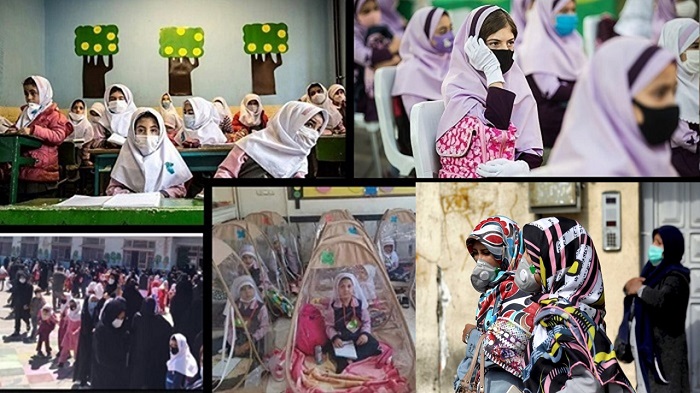
(NCRI) and (PMOI / MEK Iran): Discrimination against girls and women in education and literacy is a common practice under the mullahs’ management.
Lack of equal opportunities
However, those girls who are given the opportunity to receive an education make the most of it. Iranian women account for over 60% of university graduates and bearers of higher education.
However, most women are unable to find suitable employment due to double oppression, discrimination, and a lack of equal opportunities. Women oppose the regime for these reasons, and they are the driving force for change in Iran.
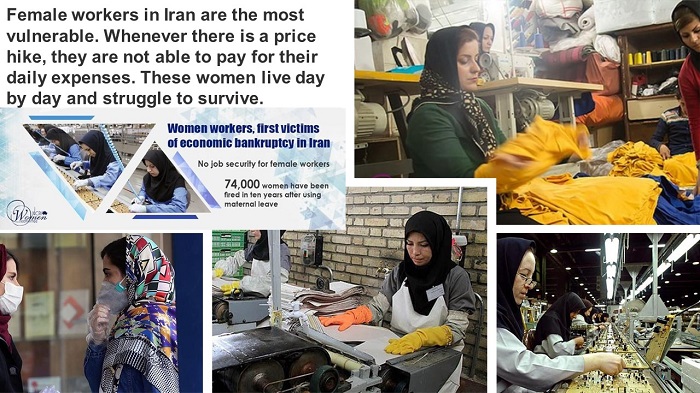
(NCRI) and (PMOI / MEK Iran): most women are unable to find suitable employment due to double oppression, discrimination, and a lack of equal opportunities.
MEK Iran (follow us on Twitter and Facebook)
and People’s Mojahedin Organization of Iran – MEK IRAN – YouTube
